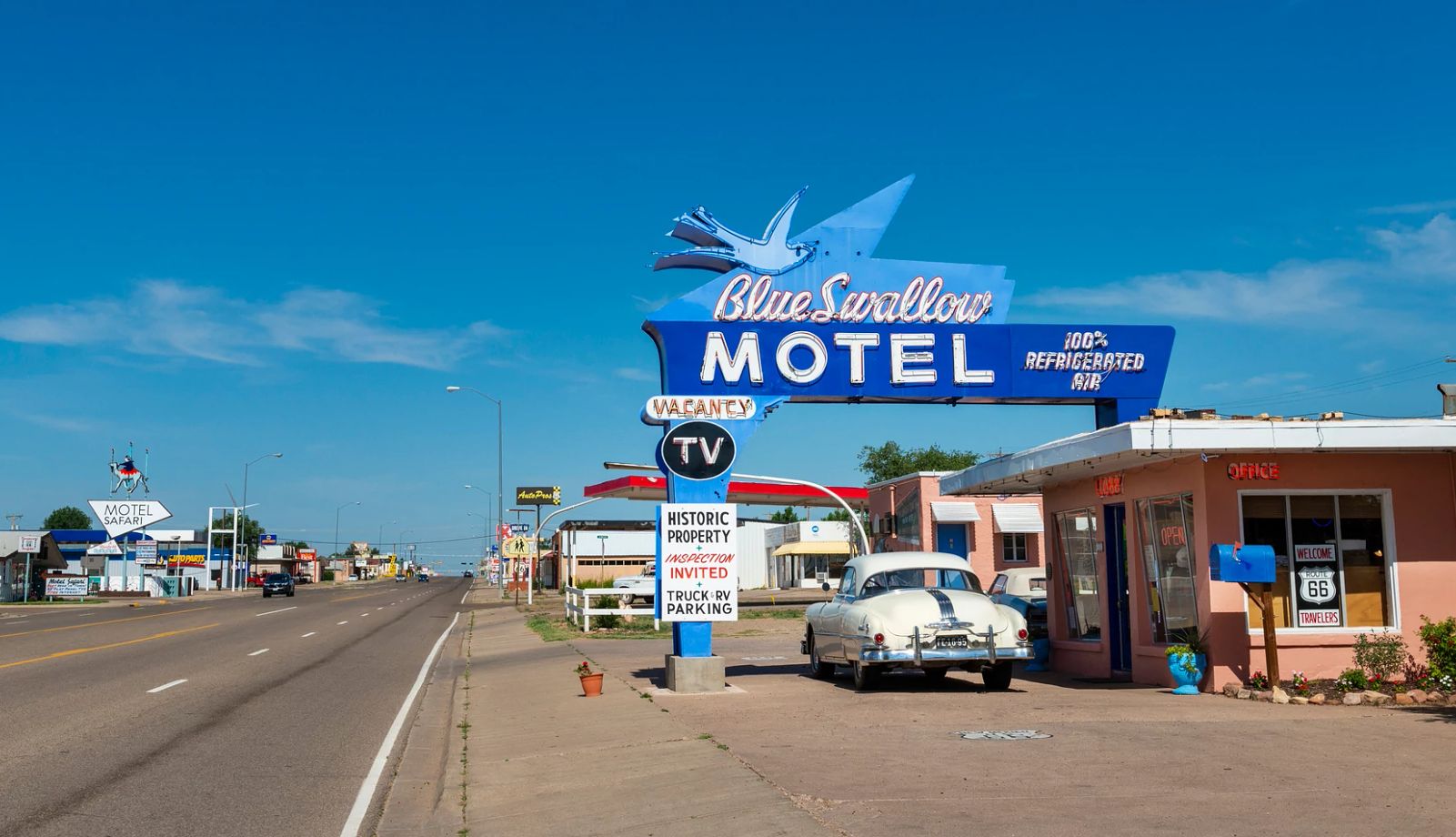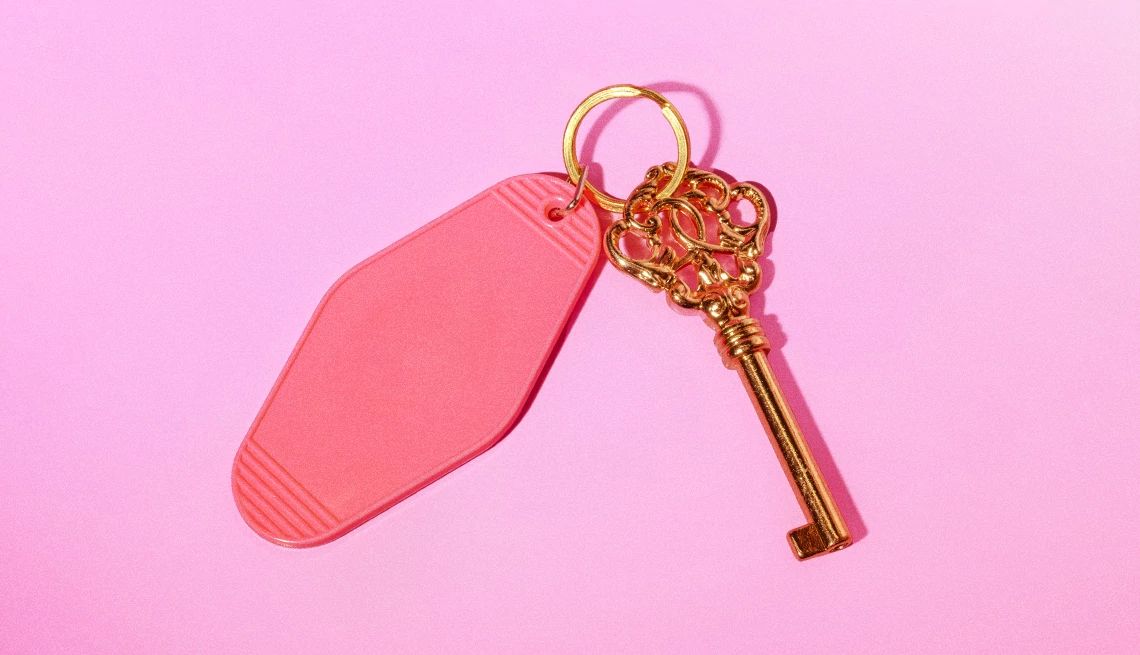AARP Eye Center
Save Our Sleep: End Daylight Saving Time
By Candy Sagon, March 11, 2013 08:30 AM

A sleep-starved nation is begging: Enough with daylight saving time.
A new survey - OK, it's by the mattress industry, but still - shows that the morning after the "spring forward" time change that takes away an hour of our precious sleep, 61 percent of Americans are dragging.
According to the Better Sleep Council's survey of 1,038 adults, the immediate effects of losing an hour of shut-eye affected everything from people's moods to eating and driving habits, the Los Angeles Times reported. Nearly a third of us need a week to get used to the change.
Some of the survey's respondents were so discombobulated by the time shift, they said they had done things like going to an ATM to order food, getting into the shower with underwear on and putting on clothes inside out. And let's not forget what this time change does to our driving: Canadian researchers have found a 17 percent hike in car accidents the morning after daylight saving time begins.
A number of studies in the past decade have highlighted the range of health consequences for sleep-deprived people trying to start their morning routine an hour earlier, the Los Angeles Times noted, including more heart attacks, suicides and injuries from workplace accidents.
It's also bad for our bank accounts. A 2011 study found that not only are stock markets more volatile the Monday after a time change; this also usually leads to negative returns, according to the Times.
Enough already. Those who feel this time shift is unnecessary, harmful "and annoying," have signed a petition to the White House asking to end this twice-a-year "archaic practice," the Huffington Post reported. More than 18,000 people so far have signed the online petition at the crowdsourcing platform We the People.
Remember, there's no federal law forcing states to follow this time change. Arizona hasn't observed daylight saving time for 40 years.
Sounds like a good idea for the other 49 states.
Photo: Alan Cleaver /flickr































































